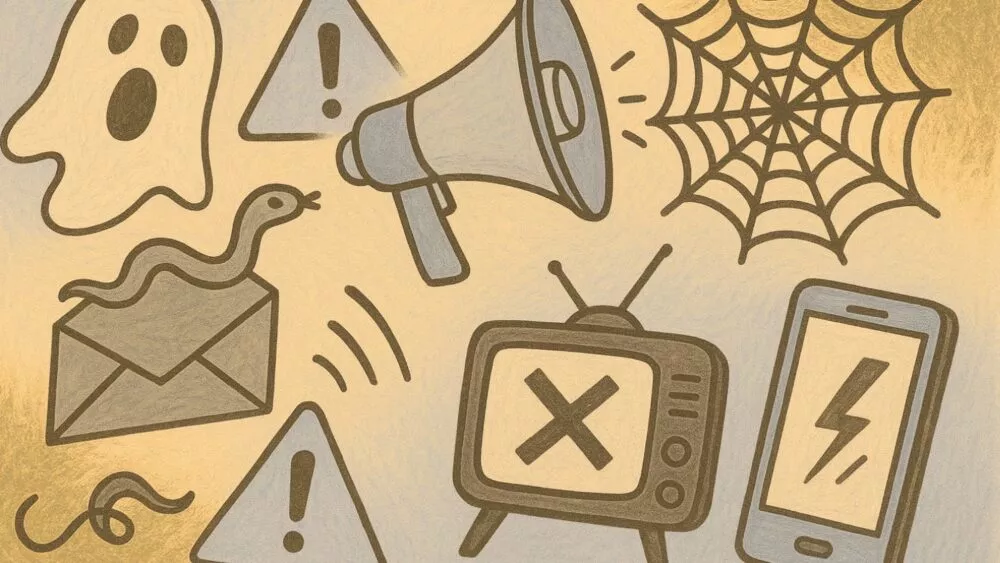Making noise without lasting: this is the PR strategy that appeals to many brands today. “More and more start-ups and young companies want to quickly test the impact of public relations to communicate about a specific event before committing for the long term,” observes Élodie Laloum, independent press officer and founder of the PR agency Melodik, who explains that these “one-shot” operations represent 30% of her turnover. But are they effective in creating a lasting impression in journalists' minds? “One-shot campaigns generally last three to six months. The idea is to generate a visibility spike at a specific time without necessarily creating a regular relationship with the media,” explains Patricia Attar, co-founder of the PR agency Hello Sunrise. Once this period ends, the press officer stops communicating with the media. While the very essence of public relations is to build a long-term trust-based relationship between companies and journalists, the “one-shot” reshapes this bond. “For lesser-known players, the bulk of the PR work is done at the start of the mission, as we need to get them on journalists' radar, and then nurture the relationship. With one-shot, we have an extremely short window to do this,” explains Élodie Laloum.
“The spotlight fades quickly”
Does securing media coverage in such a short time make things harder for press officers? Not necessarily. “The advantage of this format for clients is that it forces immediate efficiency. In three months, you can get results,” observes the founder of the Melodik agency. “But you miss out on many media outlets that work with longer lead times. Ultimately, you lose part of your target, more in-depth topics, and investigative pieces.” On top of that, there’s the constraint of print media editorial calendars, the press officer points out. “In sectors like fashion, food, or lifestyle, some magazines finalize their topics several months in advance. For one-shot to work, the timing must be just right.” She illustrates: “If a brand wants to communicate about a new erasable pen for back-to-school season, the subject must be launched in May-June. If the window is poorly chosen, the client simply misses the target.” Moreover, one-shot doesn’t allow for building a long-term reputation.“It’s a spotlight, but without a follow-up strategy, the light fades quickly. Visibility dies out without regular relays,” warns Patricia Attar.
A flexible communication approach
Despite its limitations, one-shot remains an attractive option for many small structures.“It allows startups, associations, or collectives, for example, to be more agile in their communication strategy and to test the impact of PR before using it year-round,” analyzes Élodie Laloum. Its low cost is also appealing: “It’s a useful solution when the client doesn't have the means for a year-long collaboration but wants to highlight a major announcement. It allows for budget control while achieving a visibility spike over a short period,” adds Patricia Attar. But one must be aware of its limitations. “PR is not advertising. It’s a job that requires patience. Results can take several months to materialize,” reminds the director of Hello Sunrise.
Effective, but not for everyone
Should one-shot be banned from a strategy aimed at building awareness? Not necessarily, the experts say. This type of campaign can be relevant and effective for companies with an already well-established reputation. “If Rowenta wants to launch a new high-end trimmer, it can afford to hire an independent press officer instead of its usual agency, to position the product as a luxury item in a one-shot campaign. And it will work, because it already enjoys strong legitimacy,” notes Élodie Laloum. Conversely, for emerging brands, setting up this kind of operation is tricky. “You need to both make yourself known and generate buzz. In just three months, that’s very ambitious,” she warns.
Some topics, however, lend themselves well to this short format regardless of the company’s notoriety, according to Patricia Attar: “I handled PR for the first edition of Paris IA Immo Day with a one-shot campaign. And it worked very well. Firstly, because the theme — artificial intelligence — aligned with current concerns. Secondly, because the speakers were real experts in their field.”
Communicate at the right time
One key factor remains the calendar. “Strong political news, like a government reshuffle, can sweep everything away,” recalls Élodie Laloum. She adds: “Before launching, you have to carefully think about the subject and the context of its release. A lifestyle or beauty product doesn’t lend itself well to one-shot communication. It will be quickly forgotten. On the other hand, an e-SIM card for travelers is perfect for a campaign right before summer.”
In the end, for a one-shot to be effective, the topic must be relevant, spark public interest, and fit into a precise moment. When well executed, this method of communication can test the PR lever, generate a visibility spike, and reach a targeted audience. But it does not build a lasting relationship with the media. According to the experts, to stay top of mind and be seen as an authority in the press, nothing beats cultivating a regular relationship with journalists.

![MEDIA ON THE MOVE – Summer Series – Finding your digital path [3/3]](https://mediaconnect.com/wp-content/uploads/2025/08/59487-1000x563.jpg.webp)






